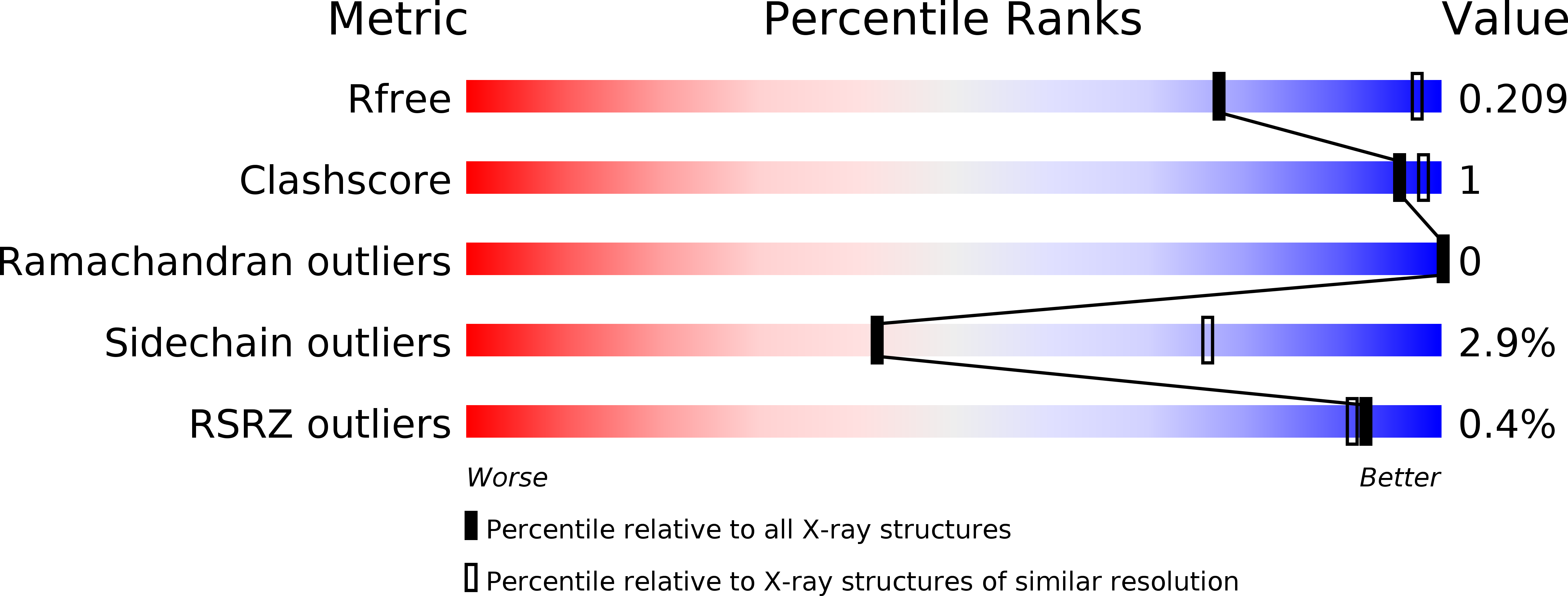
Deposition Date
2017-01-09
Release Date
2018-01-17
Last Version Date
2023-11-22
Entry Detail
PDB ID:
5WXZ
Keywords:
Title:
Crystal structure of Microcystis aeruginosa PCC 7806 aspartate racemase in complex with D-aspartate
Biological Source:
Source Organism:
Microcystis aeruginosa PCC 7806 (Taxon ID: 267872)
Host Organism:
Method Details:
Experimental Method:
Resolution:
2.80 Å
R-Value Free:
0.20
R-Value Work:
0.18
R-Value Observed:
0.18
Space Group:
P 32 2 1


